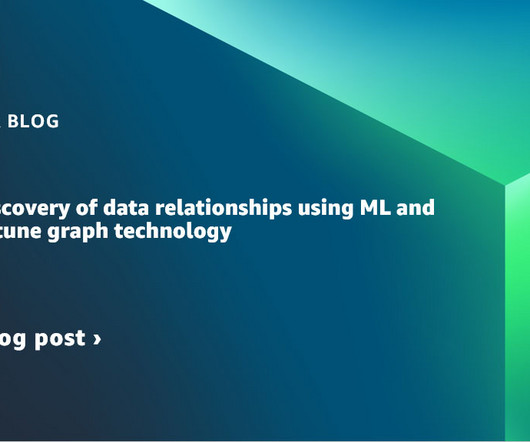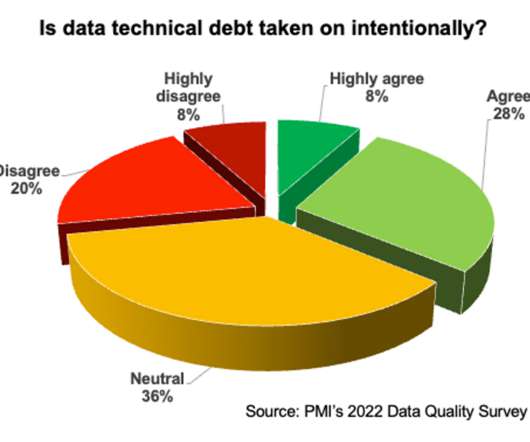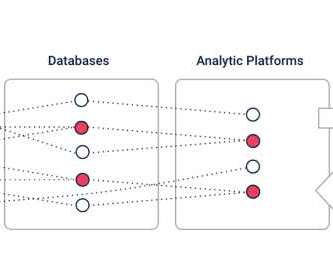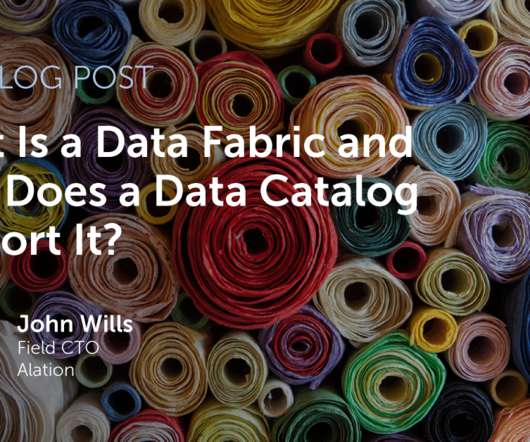The Non-Invasive Data Governance Framework – The Details
TDAN
JULY 2, 2019
The third and final part of the Non-Invasive Data Governance Framework details the breakdown of components by level, providing considerations for what must be included at the intersections. The squares are completed with nouns and verbs that provide direction for meaningful discussions about how the program will be set up and operate.




























Let's personalize your content